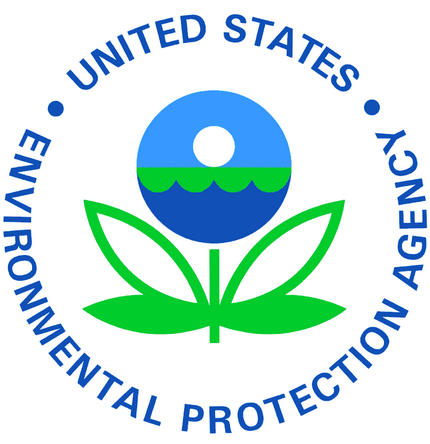 On Monday NAAA submitted comments to the EPA on the proposed
interim decisions of three active ingredients in the Triazine family: Atrazine,
Propazine, and Simazine. The EPA is required by FIFRA to review the
registrations for all crop protection products every 15 years. Interim
decisions are being used by the EPA instead of a full re-registration of a
product because Endangered Species Act and pollinator protection assessments
still need to be completed for most products.
On Monday NAAA submitted comments to the EPA on the proposed
interim decisions of three active ingredients in the Triazine family: Atrazine,
Propazine, and Simazine. The EPA is required by FIFRA to review the
registrations for all crop protection products every 15 years. Interim
decisions are being used by the EPA instead of a full re-registration of a
product because Endangered Species Act and pollinator protection assessments
still need to be completed for most products.
For Atrazine and Propazine, the proposed drift mitigation
for aerial applications to be put on the labels containing these active
ingredients were largely acceptable. Similar to many recent proposed interim
decisions, the label would set the limit on wind speed to 15 mph with the
additional requirement for applying in wind speeds of 11 to 15 mph being that
the boom length be reduced to a maximum 65 percent of wingspan for fixed wing
aircraft and a maximum of 75 percent of rotor diameter for helicopters. For
applications at wind speeds of 10 mph or lower, maximum boom length would be 75
percent of wingspan for fixed wing aircraft or 90 percent of rotor diameter for
helicopters. Swath displacement will be ½ swath on the downwind edge of the
field when winds are 10 mph or less, and ¾ swath on the downwind edge of the
field when wind speeds are between 11-15 mph.
For Atrazine, the proposed interim decision recommends restricting
aerial applications to only the liquid formulations and prohibiting the aerial
application of the dry flowable/water dispersible granule (DF/WDG) and
water-soluble packet (WSP) formulations. This proposed restriction
seems to be largely based on EPA’s estimate for the high number of acres of
crops treated daily with an agricultural aircraft. NAAA pointed out that the
EPA should not assume exposure risk will increase simply because more acres are
treated. If PPE and engineering controls are being used properly, the risk to
the handler should be low no matter how many acres are treated. NAAA also
pointed out that while it is possible for an agricultural aircraft to easily
treat the number acres used by the EPA in their risk assessments, the reality is
that the demand for aerial application of Atrazine to many of the crops on
which it is applied is much lower. The NAAA used the results from the 2019
industry survey to back this assertion up by documenting the normal acres
treated daily by a single aircraft.
Aerial application of Simazine is currently prohibited, and
the proposed interim decision continues that prohibition. In reviewing the
proposed interim decisions and risk assessments for all of the Triazines, NAAA
could find no reason why aerial application of Simazine should be prohibited
but allowed for Atrazine and Propazine. NAAA pointed this out in the comments
and requested that this prohibition be reversed.
In 2019, NAAA commented on registration review documents for
72 pesticide active ingredients. Just over two months into 2020, NAAA has
already commented on 13 pesticides. NAAA will continue to monitor the pesticide
registration review process throughout 2020 and beyond for both risk
assessments and interim decisions and comment accordingly to the EPA. We will
fight to make sure aerial applicators have access to the pesticides their
customers need in order to control insects, diseases, weeds, and other pests.